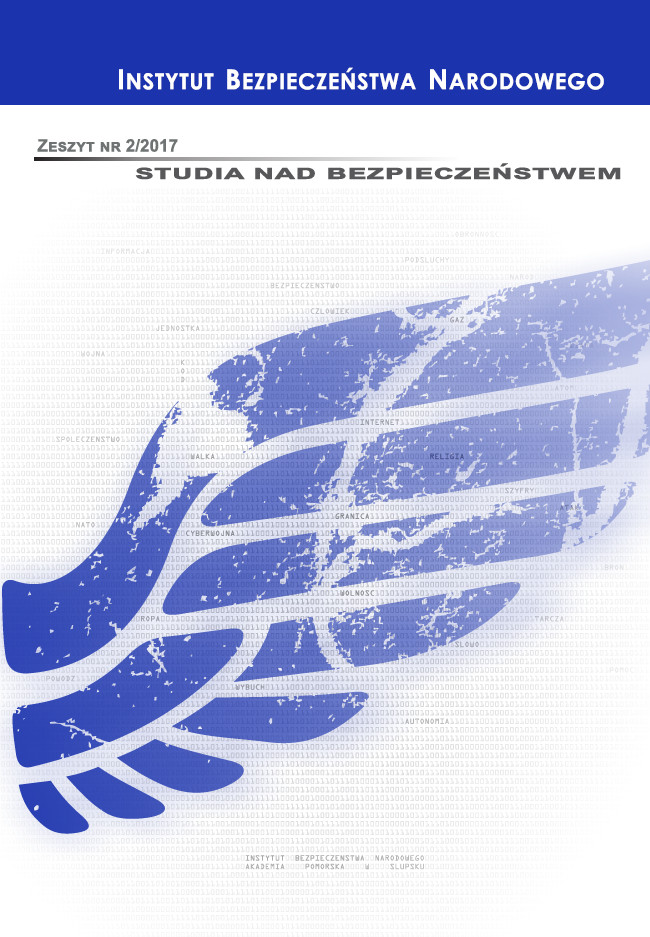Abstract
Despite the many flaws in the organization and activities of the national police, this does not change the fact that interwar Poland managed to organize an efficient police apparatus, which gave the public a sense of security and effectively combated social crime. The main burden of tasks relating to the detection and prosecution of criminal offences rested on the shoulders of the investigative services, which was established as a specialized division to fight crime. The first attempts to develop and implement police force crime statistics took place in 1919-1920. The basic sets were the daily reports of police officers from different units, initially with six districts (1919). Then statistical lists were improved and data was collected from all districts. A breakthrough in the organization of statistics came in 1922, which departed from "daily reports". Instead a detailed statistical sheet was used that did not change much for 13 years – to 1934, and subsequent changes occurred in 1935.
This work is licensed under a Creative Commons Attribution 4.0 International License.
Copyright (c) 2021 Array
Downloads
Download data is not yet available.
